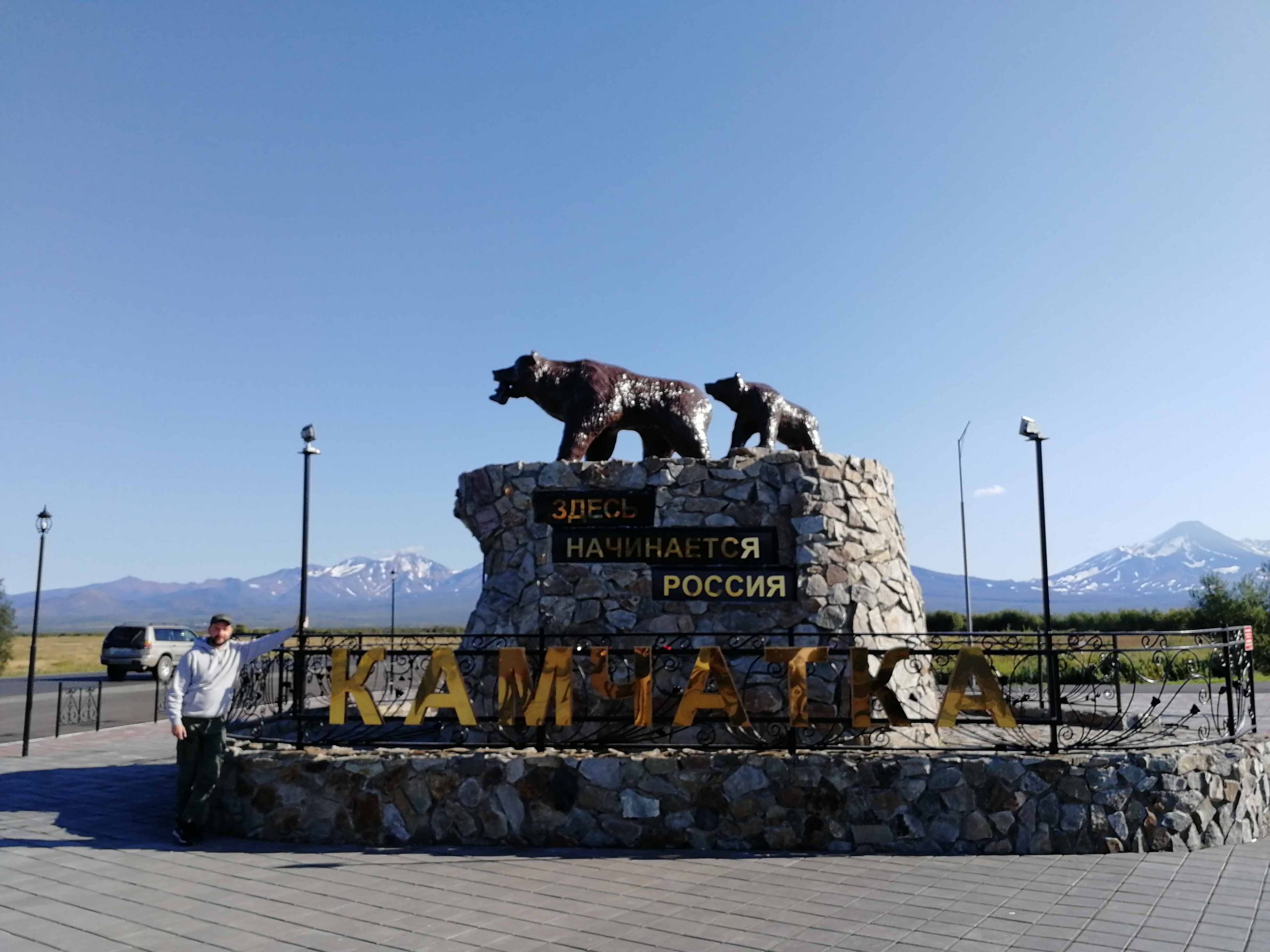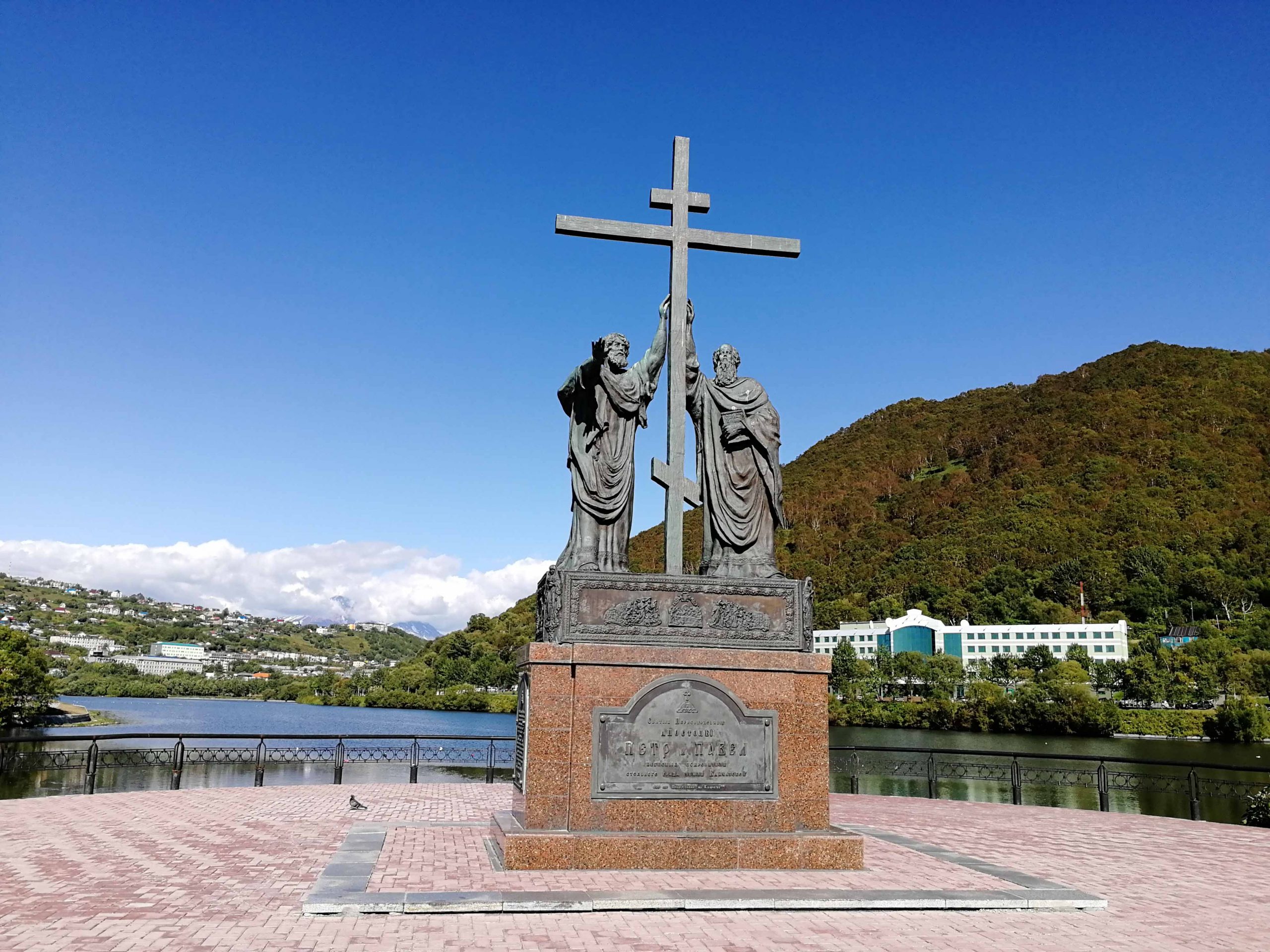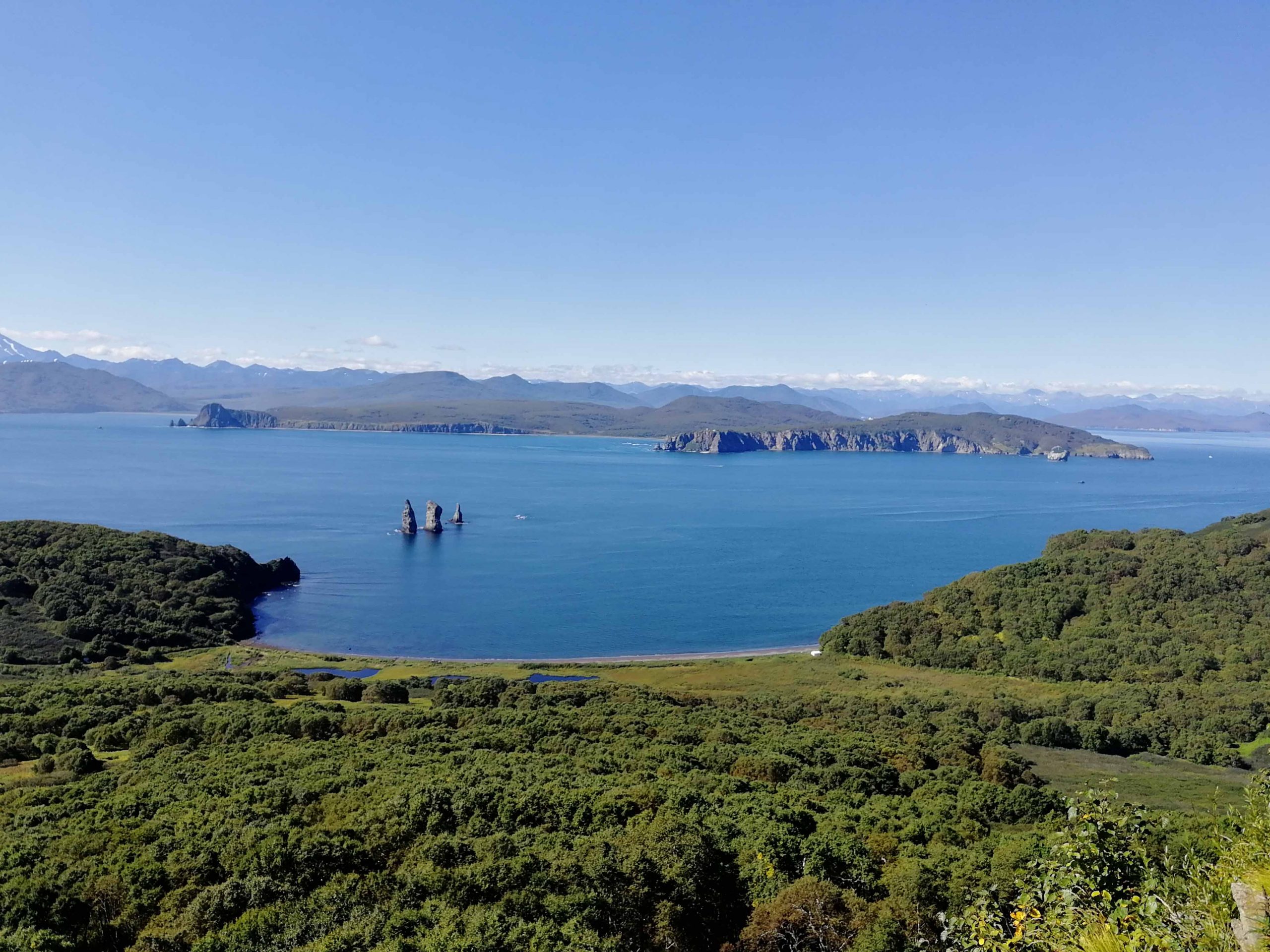
Kamchatka is one of the largest peninsulas in the world. It is located in the north part of the Russian Far East between the Sea of Okhotsk to the west and the Bering Sea and the Pacific Ocean to the east. Kamchatka Region of the Russian Federation borders on the Chukotka Autonomous District in the north and on the Magadan Region in the north-west. The Kuril Islands (the Sakhalin Region) sides with the Kamchatka region from the south.

Russian colonization of the Kamchatka began in the early XVIII c.. As the result of assimilation of local native peoples of Itelmens, Ainu, Koryaks with Russians ethnic group of Russian-speaking Kamchadals was formed. Since 2000s the Kamchadals are considered a separate people (together with Russians, Itelmens, Ainu, Koryaks). City of Petropavlovsk-Kamchatsky founded in 1740 was visited by expeditions of many famous navigators: Jean François de Lapérouse, Charles Clerke who headed James Cook’s expedition after his death at the Hawaiian Islands, the first Russian circumnavigation of the Earth headed by Adam Johann von Krusenstern etc.. During the Crimean War (1853-1856) small garrison of Petropavlovsk-Kamchatsky successfully repulsed an attack of the British and French forces. Now Petropavlovsk-Kamchatsky is a large center of Russian Far East and one of the Russian Pacific Navy bases.

Huge dimensions of the Kamchatka from the north to the south stipulate for climate contrasts in its different parts. The climate in the northern part of the region is subarctic, on the coast — a moderate marine and monsoon, in the interior parts – continental. Winter is long, snowy, average temperatures of January-February is -8 -7 °C in the south and south-east, -10 -12 °C in the west, -19 -24 °C in the center and north. The summer is short, usually cool and rainy with average temperatures of July and August +10 +12 °C in the west, +12 +14 °C in the south-east and 16 °C in the central part.

The most part of the peninsula is covered with virgin coniferous and broad-leaved forests. The great natural phenomenon of the Kamchatka and its main tourist attraction is numerous volcanoes. There are about 300 volcanoes here and about 30 of them are considered active. The most famous representatives of local fauna are brown bear and very sociable little evrazhka (local name of Arctic ground squirrel). Well-known (first of all from a gastronomic point of view) are also salmon fish and red king crab.